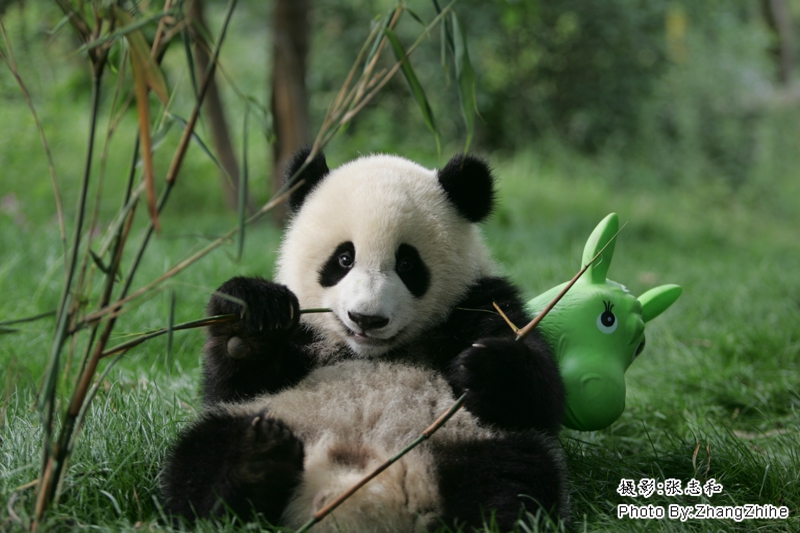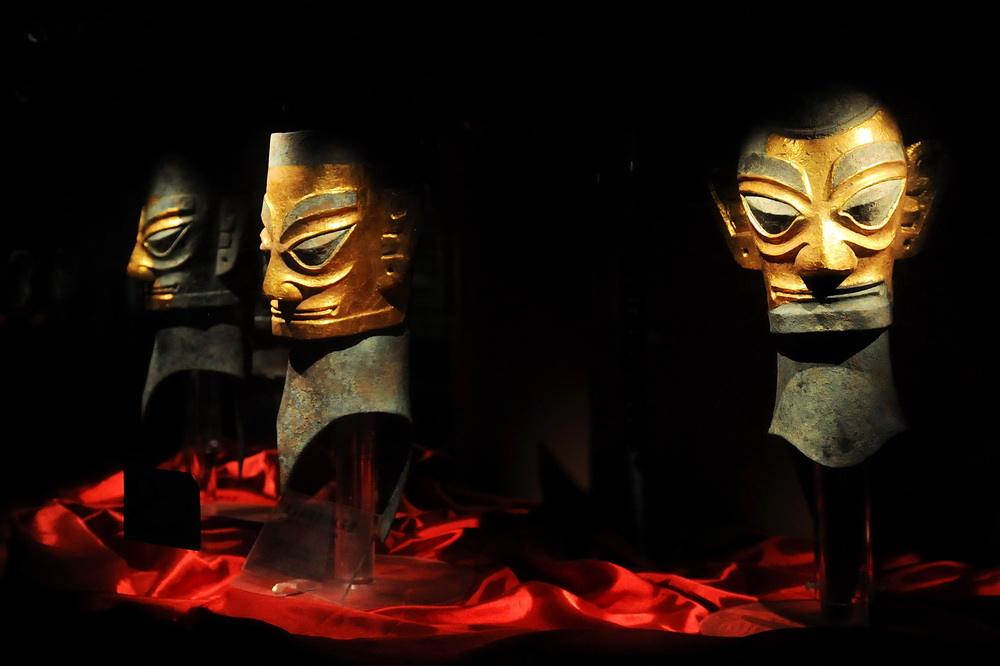Organizer
the Great Wall Cigar Factory
Co-organizer
Jiangnan University
Dujiangyan
Dujiangyan scenic area is located in the southwest of Dujiangyan downtown area. It is the World Cultural Heritage site, and the national key scenic area. With the inland subtropical climate, its average temperature stands at 15.2℃, with moderate weather and beautiful scenery all year round. It also boasts clean water and quality air meeting international standards. The scenic area covers a total area of 220 hectares, and its core area is 120 hectares. It is a tourist loop line consisting of over 20 key spots, such as Lidui Park, the headwork of the project, Erwang Temple, Mountain Yulei and Ancient Songmao Path. Its special geographical and ecological conditions bring the unique scenery featuring the combination of water conservancy culture, Taoist culture and gardens.
Dujiangyan Water Conservancy Project, created more than 2260 years ago, is not only a technological wonder in Chinese water control projects, but also a bright pearl in the world’s water conservancy projects. The design of it does not pose a threat to natural environment; instead, it fully capitalizes on the natural resources to benefit human beings. In this way, it turns floods into a boon for the local people, thus achieving the harmony among people, land, and water. It is the only“ecological project”that is still existing nowadays in the world. The project irrigates the land of more than 670,000 hectares, ensuring the water supply for industrial and agricultural production, people’s daily life, livestock industry, and electricity generation in 34 counties, districts, and cities of Sichuan Province.
Panda
As the world’s famous giant panda ex situ conservation base, scientific research and breeding base, public education base and educational tourism base, the Chengdu Research Base of Giant Panda Breeding (hereinafter referred as the Base), located at No. 1375 Outer North Panda Avenue, Chenghua District of Chengdu, Sichuan Province and covering an area of about 247 acres, is 10 kilometers from downtown Chengdu and about 30 kilometers from Shuangliu International Airport. The Base, as the “giant panda ex situ conservation ecological demonstration project”, is famous for the protection and breeding of endangered wild animals that are unique to China, including giant pandas and red pandas. It is honored as “the national treasure’s natural paradise and the people’s land of idyllic beauty” for its beautiful environment of overlapping mountains, clean water, lush trees, and chirping birds.
The Base was created on behalf of six sick and hungry giant pandas that were rescued in the 1980s. It has never captured any wild giant pandas, but has bred 172 fetuses and 261 giant pandas, and the number of existing giant pandas has hit 176 (as of Jan.25, 2017) due to technological innovation. These captive giant pandas are the largest artificial breeding population in the world, who are of exceptional genetic quality and positive individual and behavioral health conditions.
The Base, in the national wildlife conservation system, took the lead in public conservation education and established the department of popular science education in 2000. Guided by CWCA, the Base has introduced advanced conservation educational concepts and methods, and it has developed a series of colorful conservation education projects aimed at current pressing environmental issues from the perspectives of public awareness, emotion and behaviors both at the Base and from societies around the world, such as urban communities, universities, middle and primary schools, kindergartens, and rural areas. Such activities have been well appreciated and praised by teenagers, foreign and domestic volunteers, and animal lovers. The Base has cooperated with many countries and institutions and has established extensive links and cooperation networks. In addition, it has been awarded many honorable distinctions, such as “Global 500”, “National Adolescents Science & Technology Education Base”, “National Popular Science Education Base”, “National Environmental Protection Popular Science Base”, “Demonstration Base of Popular Science and Ecological Protection” of Chengdu and Sichuan province, and “Chengdu Demonstration Base for Adolescents Practice and Education on Core Socialist Values”.
The Base equally emphasizes scientific research and tourism and forms a sustainable development model integrating “industry, education, research and tourism”. Applying landscaping to imitate natural conditions, the Base has set up many well-distributed buildings and areas for giant pandas, including the delivery room, feeding area, scientific research center, hospital, and giant panda “luxury” houses that are scattered among the mountain forests. Giant pandas at different ages, young and old, breed and grow here in bliss. In 1998, the World Tourism Organization evaluated the Base and rated it as a wonderful place, which enjoyed a reputation equal with the world natural heritage site Jiuzhaigou, and in 2006 it was awarded “Class 4A National Tourist Attraction”. So far, 3.5 million tourists have been received annually, many travelers visiting the Base arriving domestically or internationally (data in 2016).
Chengdu Field Research Center for Giant Pandas of CRBGPB — “Panda Valley”, located in Majiagou, the town of Yutang, Dujiangyan and adjacent to the Dujiangyan Irrigation Project and Mount Qingcheng, covers an area of about 330 acres. The Center, 50 kilometers from Chengdu and about 3 kilometers from Dujiangyan, boasts a convenient travelling experience, accessible from Chengdu-Dujiangyan Expressway, the light rail or Mount. Zhaogong-Qingcheng Belt Avenue. The center, with bamboo, water, birds, flowers, and more than 700 species of flora and fauna, is advantageous in their natural habitat, making it into the natural giant panda reintroduction base.
The “Panda Valley” had its soft open on Oct. 1, 2014 and opened officially to the public on April 20, 2015. Currently, “Panda Valley” possesses three giant panda wild transition training enclosures and one semi-wild transition training zone, where over ten giant pandas are receiving adaptive training to the wild throughout the year.
Sanxingdui
Situated in the northeast of the state-protected Sanxingdui Site by the bank of the Yazi River in Guanghan---a city famed for its long history and splendid culture, Sanxingdui Museum is a modern theme museum which is 40 kilometers to the north of Chengdu. Covering a total area of 530 yields, in which 11000 square meters serve as the main tableaus for the exhibits, Sanxingdui Museum had its foundation laid in August 1992, and opened to the public in October 1997. Integrating collection, preservation, academic research and social education all in one, the museum showcases kinds of precious cultural relics unearthed at Sanxingdui Site.
The cultural relics at Sanxingdui are precious cultural heritage of mankind, which contain rich historical, cultural and scientific value, and bespeak themselves as the most attractive ones amongst the multitude of the spectacular relics in China. Amongst the hoards of prize antiquities there are a variety of unique, grotesque bronzes, such as 2.62-meter-tall standing statue, 1.38-meter-wide bronze mask, 3.95-meter-high bronze tree, all of which stand out as treasures unparalleled. In addition, the gold ware represented by the gleaming gold scepter, and jade ware such as the blades with heavy motif, turn out to be undeniable rare jewels never seen before.
Featured for its relics, architecture, demonstration and gardens, the museum has become a place of cultural and tourist attractions enjoying prestige both at home and abroad and one of the three exquisite spots Sichuan has offered to the world tourism. Moreover, it is the first museum that has been certified both “Green Globe 21” and ISO9000.


